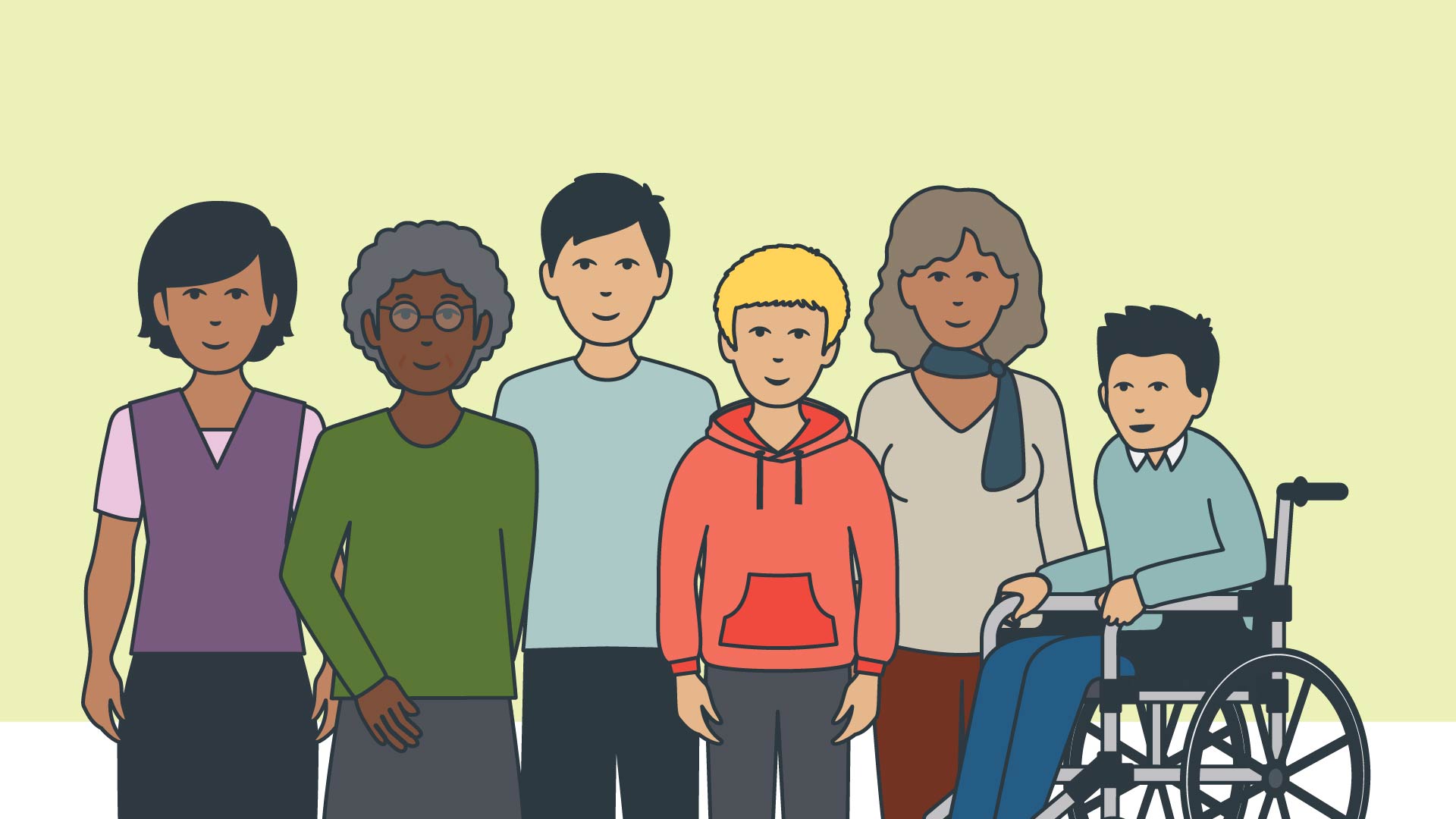Gender
Gender is our
experience and
identity.
- man
- woman
- girl
- boy
- more than one of these
If none of these
words describe
your gender
you can choose
words that do.
This is OK.
Transgender
Transgender is a word some people use to refer to their
gender not entirely matching what was assumed for them
at birth. There are many different ways to be transgender.
Some transgender people also use the word non-binary,
but not all do.
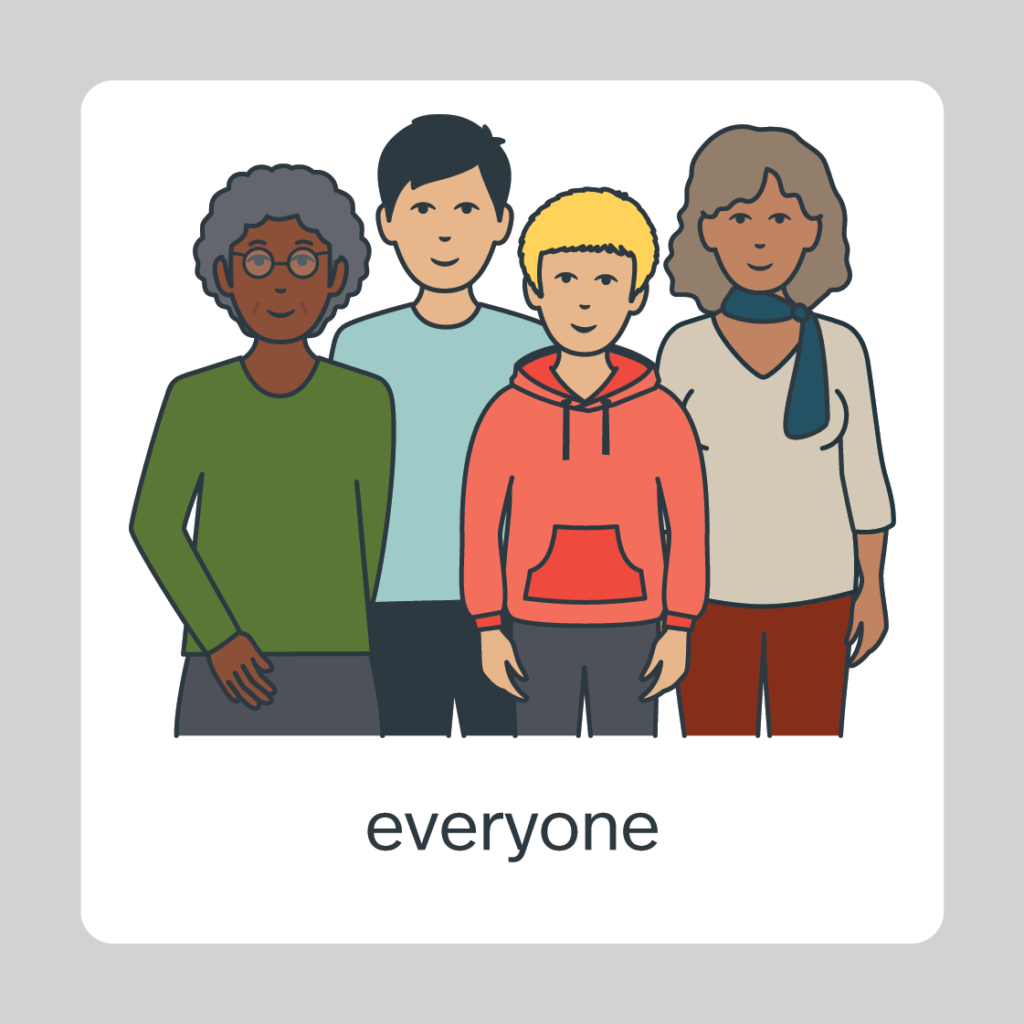
Your Name
If you want to be
called by a different
name, you have the
right to choose one.
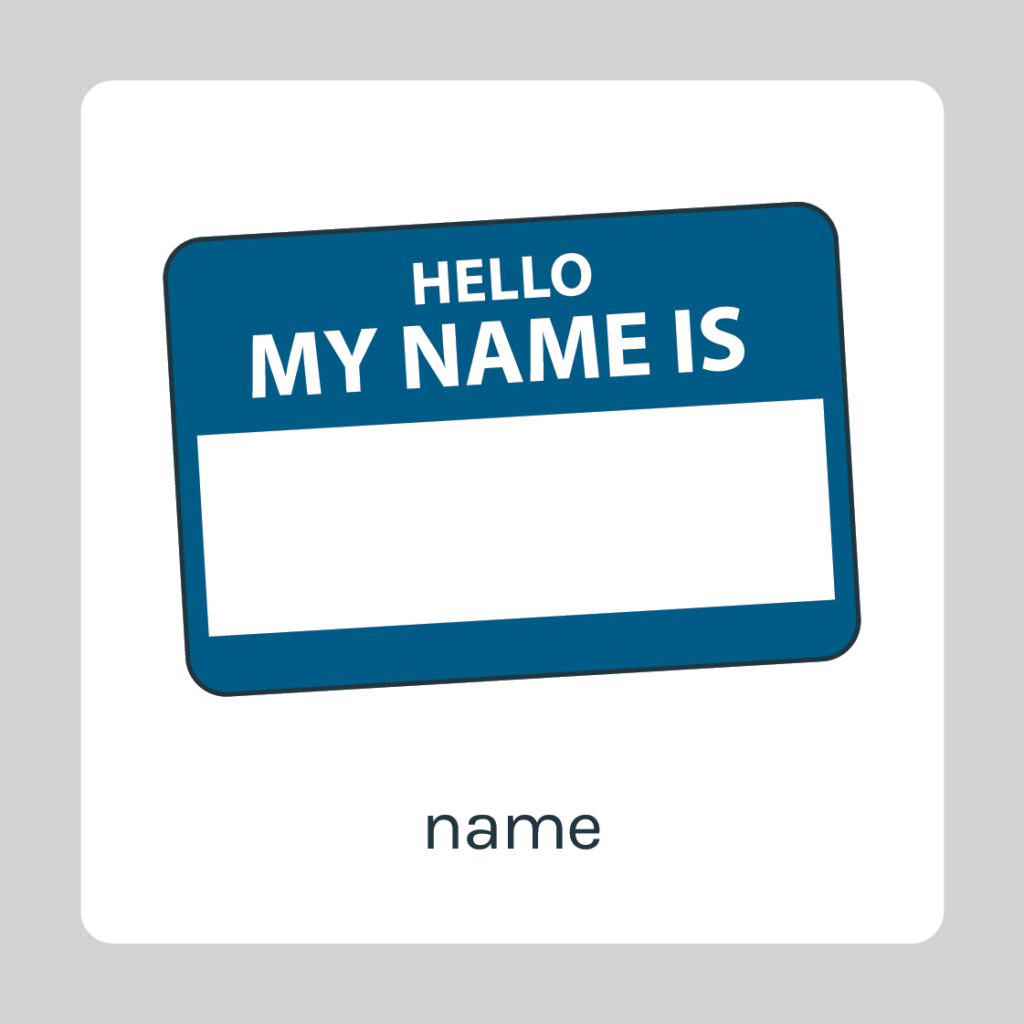

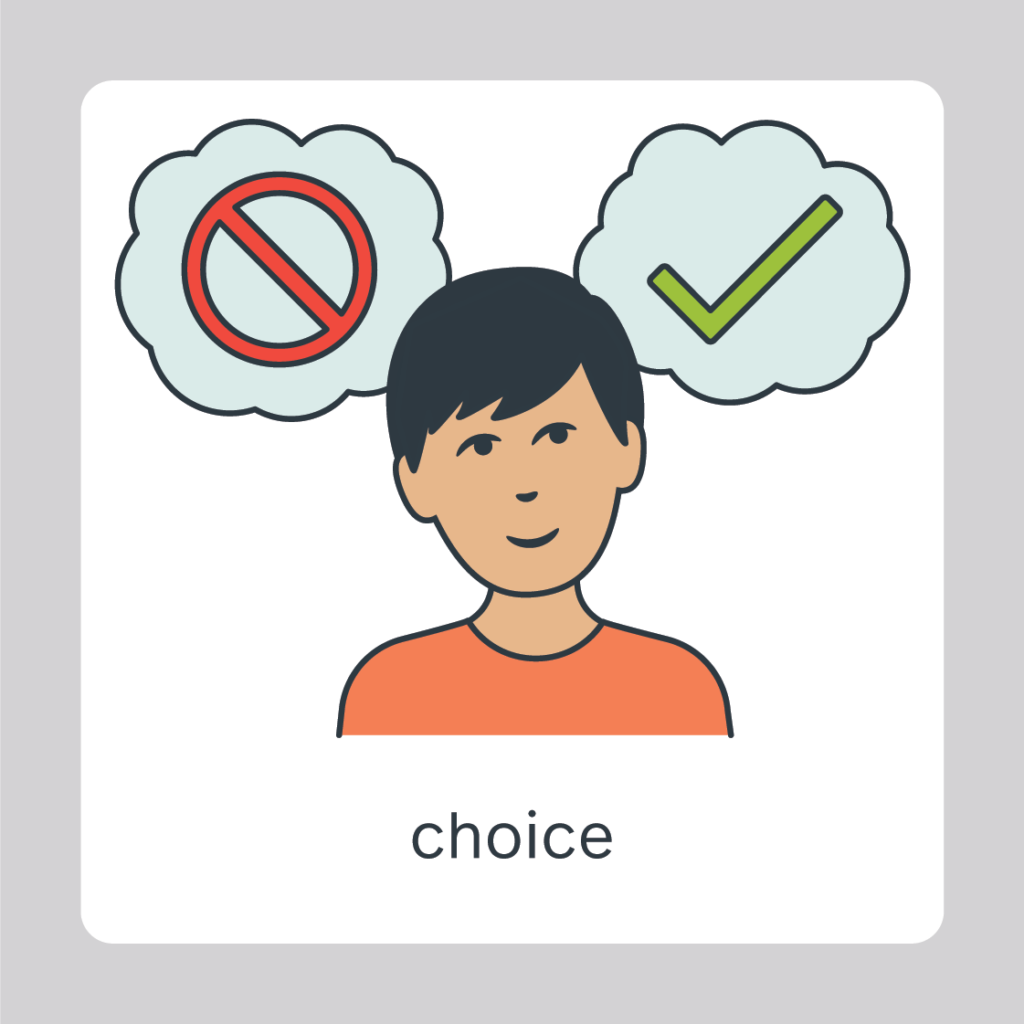
Gender Expression
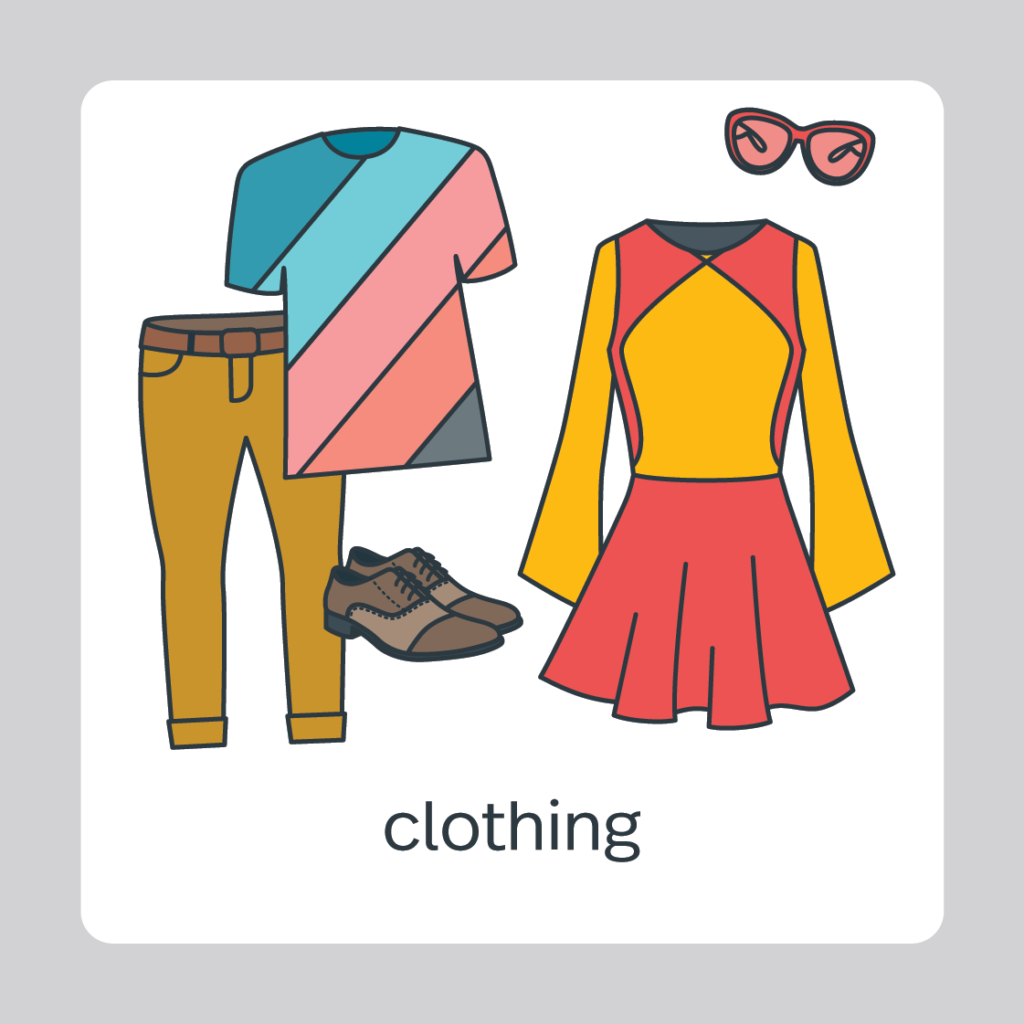



People are not always supportive of others expressing themselves how they would like. Sometimes people may experience negative or unfriendly behaviour or comments because of this. This is not OK. If this happens to you, tell someone you trust.
You have the right to get support if you would like to talk to someone about your gender.
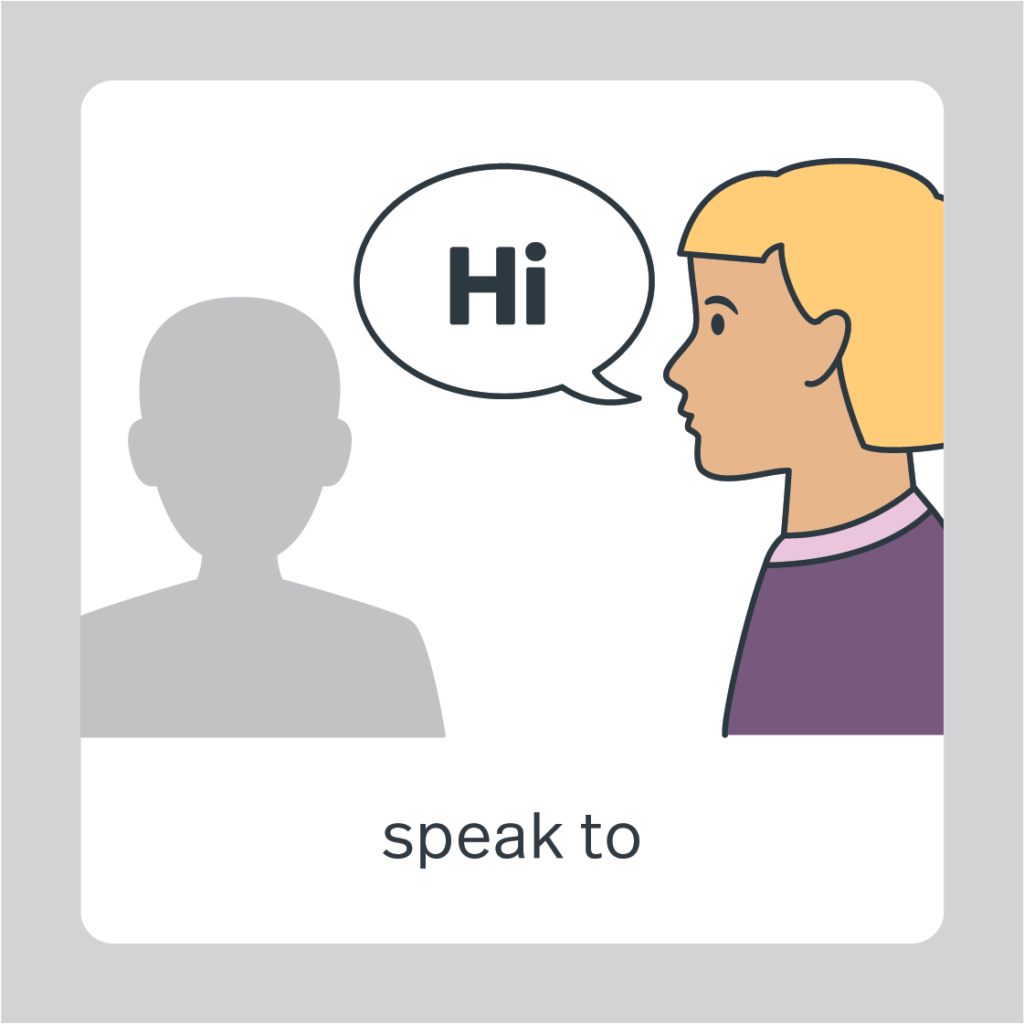
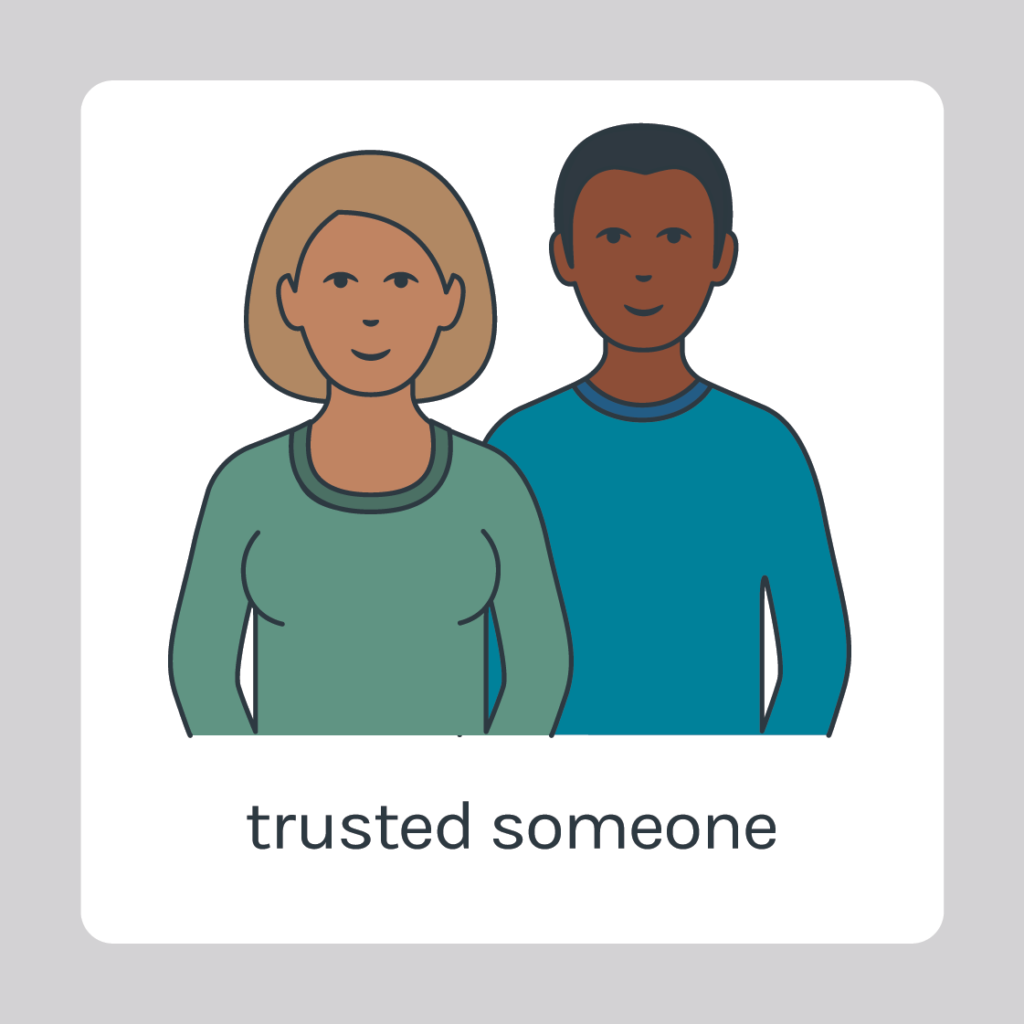
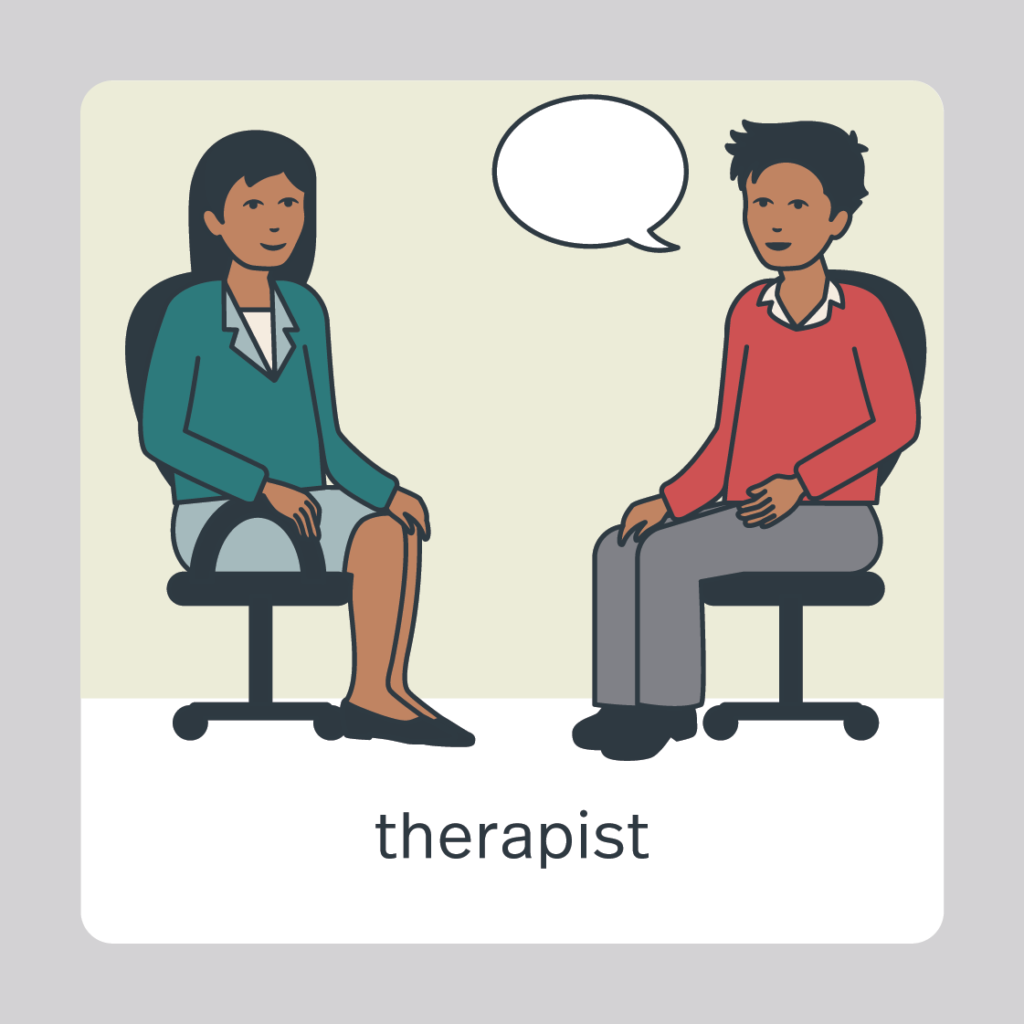
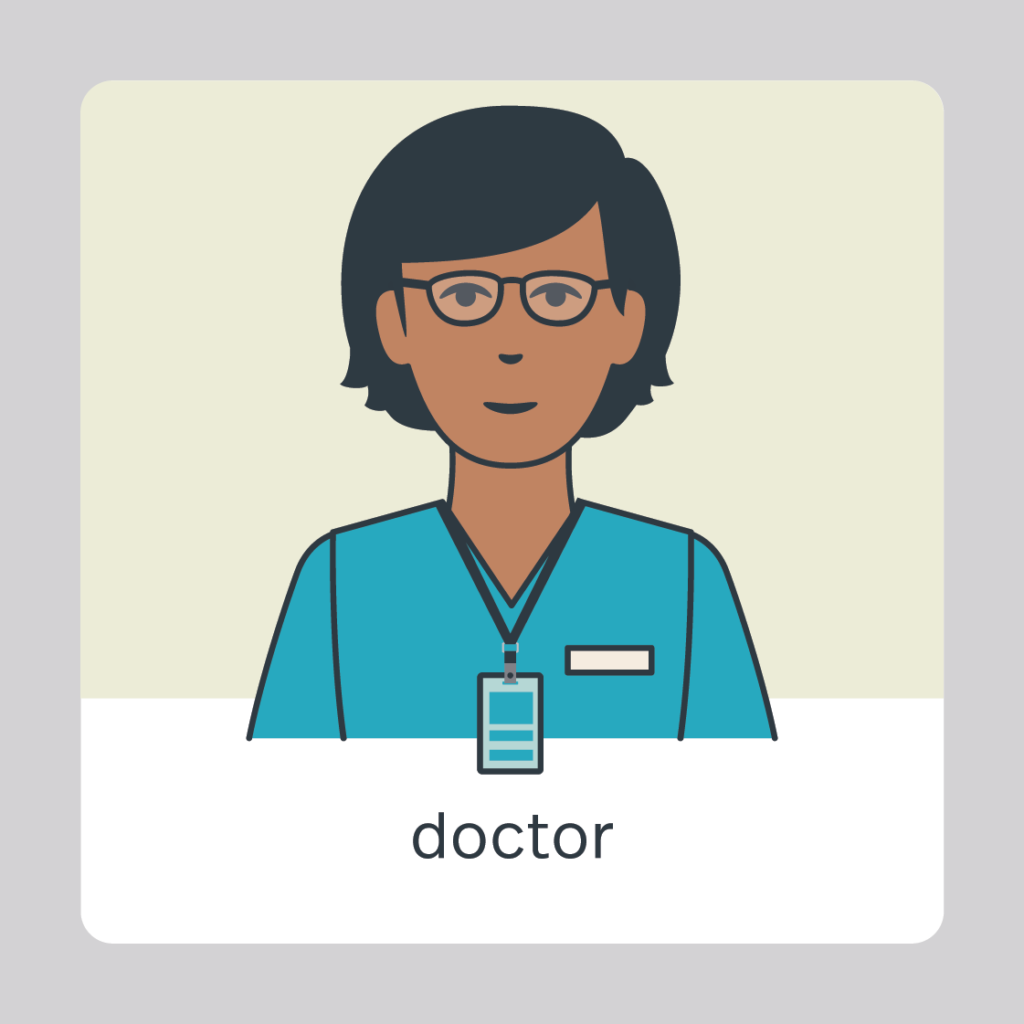

The law says people can change their legal sex on their birth certificate. You can ask for help from a trusted person or legal organisation to do this.

You can change the sex or gender on your personal documents. Each document will have different things you need to do to make this change. You may need to provide a letter of support from a medical professional. You can ask a trusted someone to help you with this.
Previous section
Next section

Your gender is how you feel about yourself and what your identity is.
You may feel more like a boy, girl, man, woman, neither, both, or somewhere in between.
Your gender is different to your sex. It can be about how you like to dress (gender expression), or how you like to act (gender role). There are lots of different ways that people experience and express their gender.
Non-binary typically means your gender identity is outside of being a woman or a man. Being non-binary can look like:
- Still being a woman or a man, or both of these
- Being not quite a woman or a man
- Being a woman or a man in some parts, and having other parts that are not these
- Not being a woman or a man at all
- Not having a gender at all.
There are lots of different ways to be non-binary. You may also use other words to describe your gender. You can also use a different set or multiple different sets of pronouns if you are non-binary (words like she, he, or they). You can ask someone for their pronouns if you are unsure. You can tell someone your pronouns to make sure they get them right.

